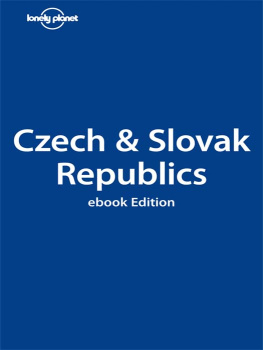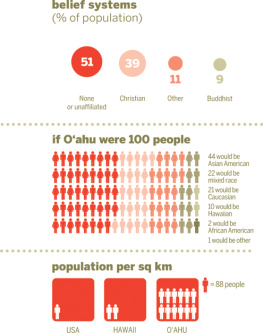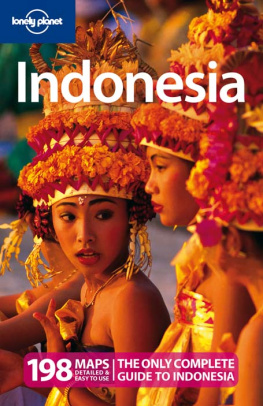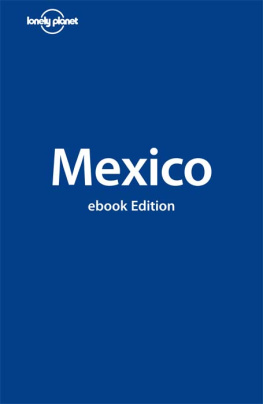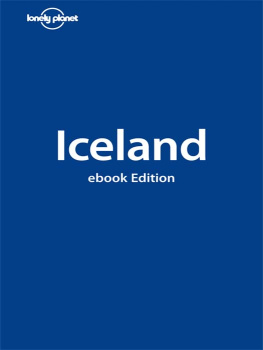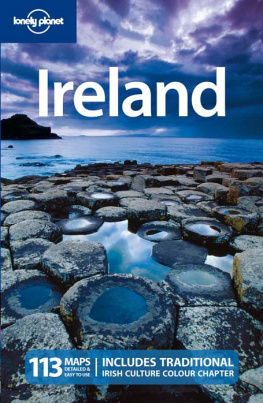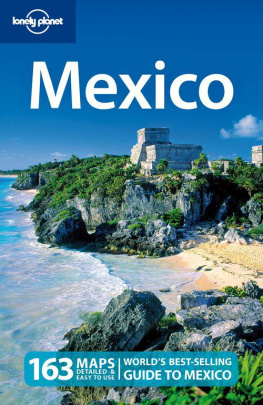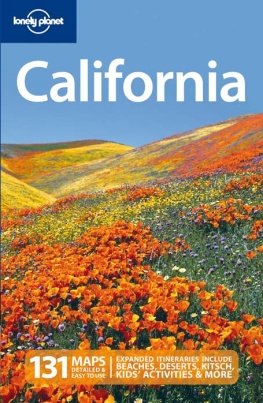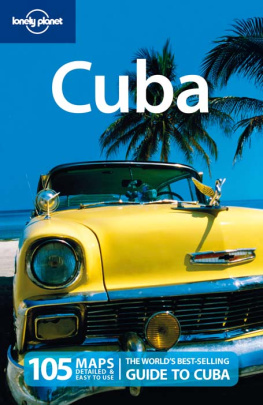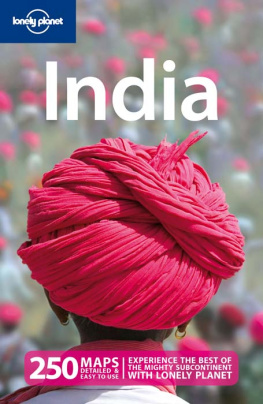Destination Czech & Slovak Republics
What is it about Prague? The proliferation of Gothic spindles and spires? The romantic mist rising from the Vltava River? The legacy of literary heroes such as Kafka and Kundera? For all those reasons and more, millions of travellers arrive annually in the Czech capital, with expectations high. But the truth of the Prague experience is two-fold: the place is gorgeous and while there youll run into at least some of the tourist hoards and the traps set for them. Dig deep, though, and you can get to the heart of this world-class city. But be sure to step out into the greater Czech Republic where many similar attractions amazing architecture, towering castles, great beer are easily accessed on a smaller, dare we say friendlier, scale. In addition to approachable old town squares, neighbouring Slovakia has abundant natural attractions and folksy villages. So, by all means, explore Prague, but also go beyond.
Renaissance, Gothic and baroque buildings galore await among the 18 Unesco World Heritagelisted sites in these two compact countries. Here you can also hike up 2000m-plus peaks, see the worlds best pilsner made, soak in hot-spring spas, climb eerie sandstone formations and watch swordplay by firelight in a medieval fortress. Want to meet the locals? Dance with the younger set at city discos. Or heft a cold one with the folks at the colourful summer festivals in the villages. Make friends and you might even get to down a shot of slivovice (plum brandy, aka firewater) at a dinner at someones home a true highlight of any visit.
Although the Czech and Slovak peoples use related Slavic tongues, the countries historical influences have been quite different. Before WWI, Czech lands were under the control of the Austrian Empire and Slovakia was part of the Hungarian Kingdom. In 1918 the countries were united as Czechoslovakia for a mere 85 years before splitting into two independent nations. Ironically, border stations put up at such expense in 1993 were dismantled just over 10 years later when both the Czech and Slovak Republics joined the European Union.
Life post-EU has not been without political turmoil for either nation. The first parliamentary vote of no-confidence recorded in the history of the Czech Republic happened on the eve of the countrys assumption of the EU presidency in 2009. An interim government took power until elections could be held in 2010, indefinitely postponing the adoption of the euro. The Slovak government successfully brought their country into the Euro zone in 2009. But that same year, a series of backroom-deal scandals led to revolving-door ministerships and ruling coalition infighting. The global economic downturn of 2008 and 2009 created 4% deficits in the budget of the Czech Republic and 6% in Slovakia, which didnt help political stability. Nor did the sagging economy stem rising anti-Roma racial tensions in both countries.
Pragues continued popularity has been a financial godsend for the Czech Republic. The expense of visiting the Golden City remains high. Lodging prices fell from all-time records in Bratislava, but getting value for money is another reason to travel out of the capital cities. Costs can be as much as 40% less in the regional cities and towns. And the rewards you can reap go far beyond this both figuratively and literally.
FAST FACTS
Population Czech Republic/Slovakia: 10.3 million/5.5 million
GDP growth: -4.4%/-5.3%
Inflation: 2.9%/2.5%
Unemployment: 8.5%/12%
Average monthly wage: 18,833K/704
Area: 78,869 sq km/49,035 sq km
Total combined railway system: 13,130km
Per capita annual beer consumption: 157L/89L
Getting Started
Taken together, in many ways the two republics are a dream destination: distances arent immense and both human-made and natural beauty abounds. Age-old architectural gems shine in the Czech Republic, while mountain scenery and folksy ways hold sway in Slovakia. The streets of Prague and the trails of the High Tatra mountains may be well trod, but it doesnt take too long to get off the beaten path in these compact nations. Though no longer bargain-basement destinations (Prague especially, is not cheap), you can still plan an itinerary to suit any budget bunking in a student dorm and eating sandwiches to go, or splashing out with trendy dining and top-end digs.
If youre visiting in July and August, or at Easter and Christmas holidays, youll need to plan and book ahead. Some advance preparation for Prague any time will always help ensure you find reasonable lodging.
Note: in this book whenever you see two italicised words separated by a slash (/), this indicates the Czech and Slovak terms, respectively. Prices are noted in Czech crowns (Koruna esk; K), and euros () for Slovakia.
WHEN TO GO
For the majority of Czech and Slovak destinations, the best time to visit is in May or September, when the weather is mild and the crowds have thinned out. A large percentage of village museums and castles are open only during high season (May to September). Attractions may be limited in April and October, but youll benefit from cheaper rooms and the temperature wont differ all that much.
Like residents of the rest of Europe, most Czechs and Slovaks take their holidays in July and August. Crowds at this time, particularly in Prague, can be overwhelming. On the other hand, most festivals occur during the summer months. The supply of cheap sleeps in university towns increases as student dorms are thrown open to visitors.
See Climate Charts for average temperatures and precipitation.
Summer (June to August) receives the highest temperatures and heaviest rainfall. The cold, bitter winter months of December to February often see temperatures reaching as low as -5C in the cities and -10C to -15C in the mountainous areas (-30C at higher altitudes). The mountains receive about 130 days of snow a year (at the higher elevations, the powdery stuff can hang around til June), but other areas get snow coverage as well. Spring (late March to May) brings changeable, rainy weather and sometimes flooding. Autumn is also variable, but temperatures can be as high as 20C in September.
How much?
Domestic draft beer (0.5L) 45K/1.30
Street snack ice cream 30K/0.40
Midrange meal (pork and potatoes) 300K/7
Average night in a dorm 400K/17
Average night in a guest house double 2000K/80
1L petrol 50K/1.20
COSTS & MONEY
Neither in Prague nor in Bratislava can lodging be considered dirt cheap. Restaurant prices, too, have risen to rival those of other European cities. (OK, London is still more expensive) Outside the capitals and the second cities (Brno and Koice), guest houses and eateries are much, much more reasonably priced.
How much you spend will depend on how you travel. In the capitals, if youre a budget backpacker who likes to stretch your koruna as far as it will go, 1000K/35 per day will get you from one place to another, a bed in a dorm, entry to a museum or castle, two cheap meals and three or four beers. Those who like a little more comfort, or who travel solo, can expect to pay around 3500K/120 per day for a guest house, train trips between cities, lunch and dinner at a decent restaurant (including coffee and/or wine) and entry to a big-ticket attraction or two. At the upscale end, you can spend as much as you like, but 8000K/250 should be sufficient to get you a night in a top-end hotel, car hire and a fancy meal. Expect costs to be 20% to 40% less in the provinces.
A surprise cost in both countries is having to fork out as much as 100K/4 to take a camera or video into museums, castles and caves. Throughout this book we generally provide the adult and concession admission prices; the discount is good for seniors aged over 60, students and children aged four to 12. Little ones under four are generally free. Unless otherwise noted, churches have at least an antechamber where viewing is freely accessible during daylight hours.

